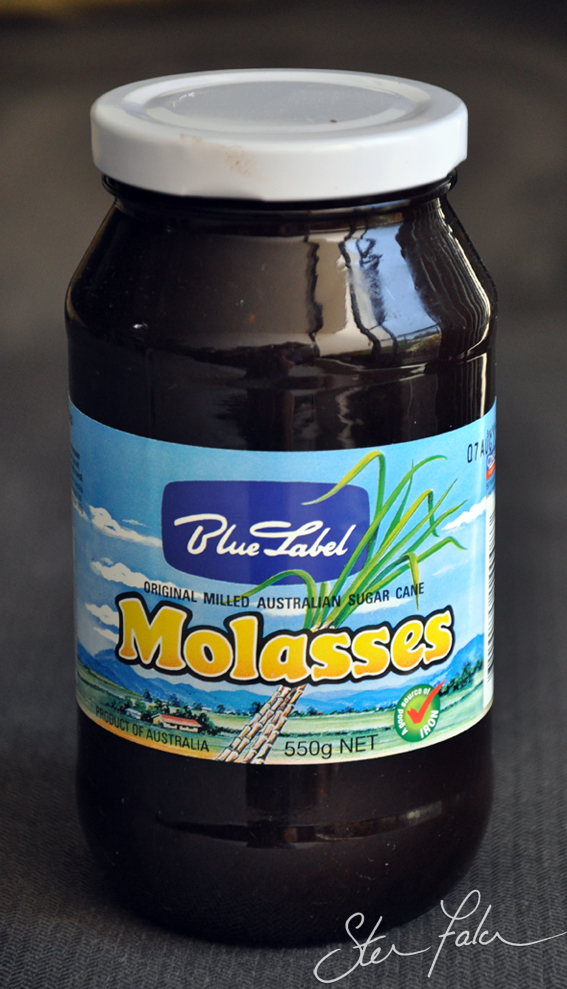So why befriend molasses? Because your plants will love you for it!
Many years ago I came across a DIY recipe for controlling caterpillars. It was organic, called for few ingredients and was simple to make. It seemed too good to be true.
At the time my tomatoes were under ferocious attack from tomato caterpillars(Heliothis or Helicoverpa spp) and they were doing a very good job of ruining every fruit. I made up the spray and began applying once a week. I was quite amazed to discover that the caterpillars disappeared and never returned for the whole season. I’ve since used this miracle spray on any plant that is being attacked by caterpillars with 100% success.
So are you ready for the recipe?
- Mix 1 tablespoon of molasses in 1 litre of water.
- Add a drop of liquid soap, detergent or horticultural oil (eg White oil, Eco-oil etc…).
- Shake well.
- Apply to all parts of the plant.
- Reapply weekly for complete protection or when you notice caterpillars returning.
- Do not store the mixture. Make a fresh batch each time.
You may need to fully dissolve the molasses in a little warm water initially and then add in the rest of the water straight from the tap or hose.
See I told you it was very simple!
As for how it works well that’s anyone’s guess. I’ve read that caterpillars and some chewing insects don’t like the taste/smell of the mixture. So it’s possible that they die from starvation and/or avoid the plants altogether. It’s also possible the sugars in the molasses encourages bacterial/fungal growth which is harmful to caterpillars or insect eggs. I’d love to know just exactly what is happening as it is a very effective and safe spray.
The only obvious part is that the soap/detergent/hort oil acts as a sticker/spreader/wetter. I’ll explain what I mean by this as these expressions are more commonly used in agricultural circles.
Many sprays need a bit of help to improve their effectiveness due to the texture of plant leaves. Leaves which are waxy or very hairy make it particularly hard for a spray to stick and to spread evenly across the leaf. By adding a bit of soap or horticultural oil (oil that has been manipulated so it will mix well in water) enables the spray to get better coverage and to stay longer on the plant. In turn you get better results.
Soaps and oils have insecticidal properties in their own rights. They break down the protective waxy coatings around many insects resulting in dehydration and death (the soaps) or they suffocate the insect (the oils). However in this recipe the concentration of the soap or oil isn’t high enough for the insecticidal properties to really kick in. This leaves us back with the molasses and the mystery of just what it is doing. If anyone has any further knowledge of why this spray works I’d love to hear from you.
In the meantime don’t reach for a nasty insecticide to control caterpillars. Instead whip up this easy molasses spray and keep your garden organic.
PS Don’t forget to check out The Plant Addict Shop while you’re here.
You’ll find great gift ideas for garden lovers and fellow plant addicts!
